Planetary Science
-
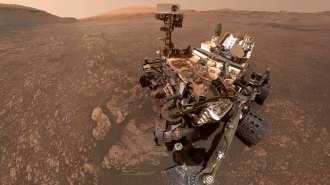 Space
SpaceOvernight changes in Mars’ atmosphere could solve a methane mystery
Overnight atmospheric changes on Mars can explain why two spacecraft measure vastly different concentrations of methane.
-
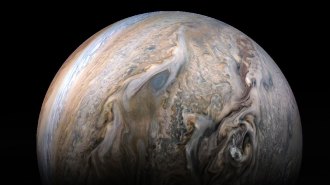 Space
Space5 of Jupiter’s newly discovered moons received names in a public contest
Astronomers first announced the discovery of the worlds in July 2018, and have now named them for goddesses and spirits of Greek and Roman mythology.
-
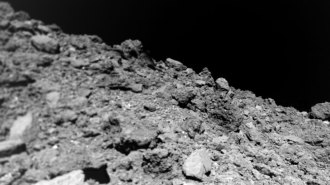 Space
SpaceFor an asteroid, Ryugu has surprisingly little dust on its surface
Ryugu lacks the dust that some other space rocks have. The near-Earth asteroid may hide the fine debris inside porous rocks or eject it into space.
-
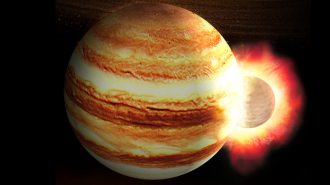 Space
SpaceA planetary body may have smashed into Jupiter, creating its weird core
A planetary body smashing into Jupiter may have jostled the gas giant’s insides during its formative years, creating the strange interior seen today.
-
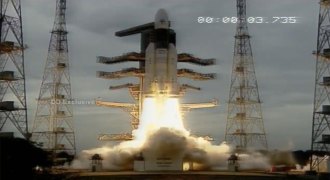 Planetary Science
Planetary ScienceIndia’s first lunar lander is on its way to the moon
India’s Chandrayaan 2 mission just launched, hoping to become the first Indian spacecraft to land on the moon.
-
 Earth
EarthNight-shining ‘noctilucent’ clouds have crept south this summer
Clouds high in the atmosphere that catch the sun’s rays even after sundown may be seen farther from the poles due to an increase in moisture in the air.
-
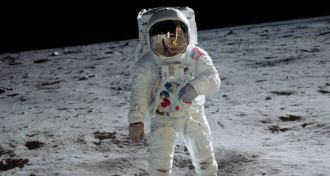 Planetary Science
Planetary ScienceAccolades, skepticism and science marked Science News’ coverage of Apollo
Science News’ coverage of the Apollo program stayed focused on the science but also framed the moon missions in the broader social and political context of the era.
-
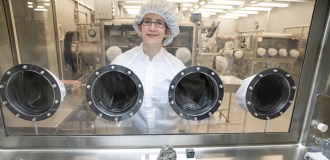 Planetary Science
Planetary ScienceHow NASA has kept Apollo moon rocks safe from contamination for 50 years
NASA wouldn’t let our reporter touch the Apollo moon rocks. Here’s why that’s a good thing.
-
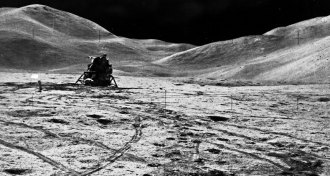 Planetary Science
Planetary ScienceApollo astronauts left trash, mementos and experiments on the moon
Here’s what planetary scientists are learning from the remains of Apollo outposts, and how archeologists hope to preserve it.
-
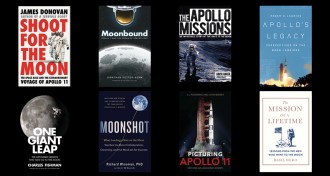 Planetary Science
Planetary ScienceCelebrate the moon landing anniversary with books that go beyond the small step
New books about Apollo 11 and the mission to the moon offer something for everyone, from astronomy lovers to fans of graphic novels and self-improvement buffs.
By Science News -
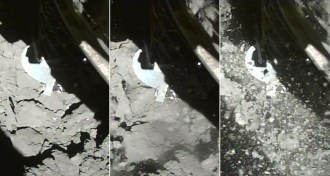 Planetary Science
Planetary ScienceHayabusa2 may have just snagged bits of asteroid Ryugu’s insides
In its second sampling attempt, Hayabusa2 became the first spacecraft to try to pick up some of an asteroid’s guts.
-
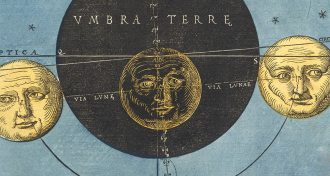 Planetary Science
Planetary ScienceSee how visualizations of the moon have changed over time
To celebrate the 50th anniversary of the moon landing, here’s a collection of images that show how the moon has been visualized over the ages.